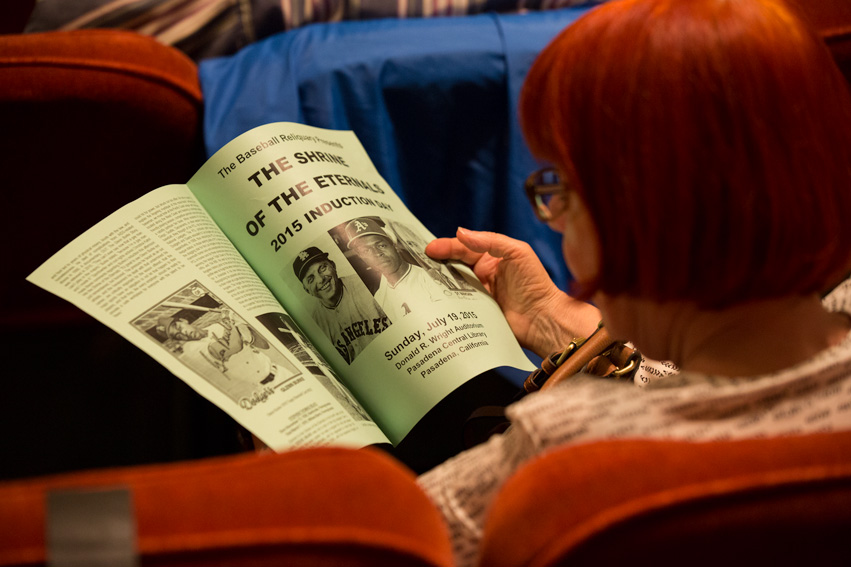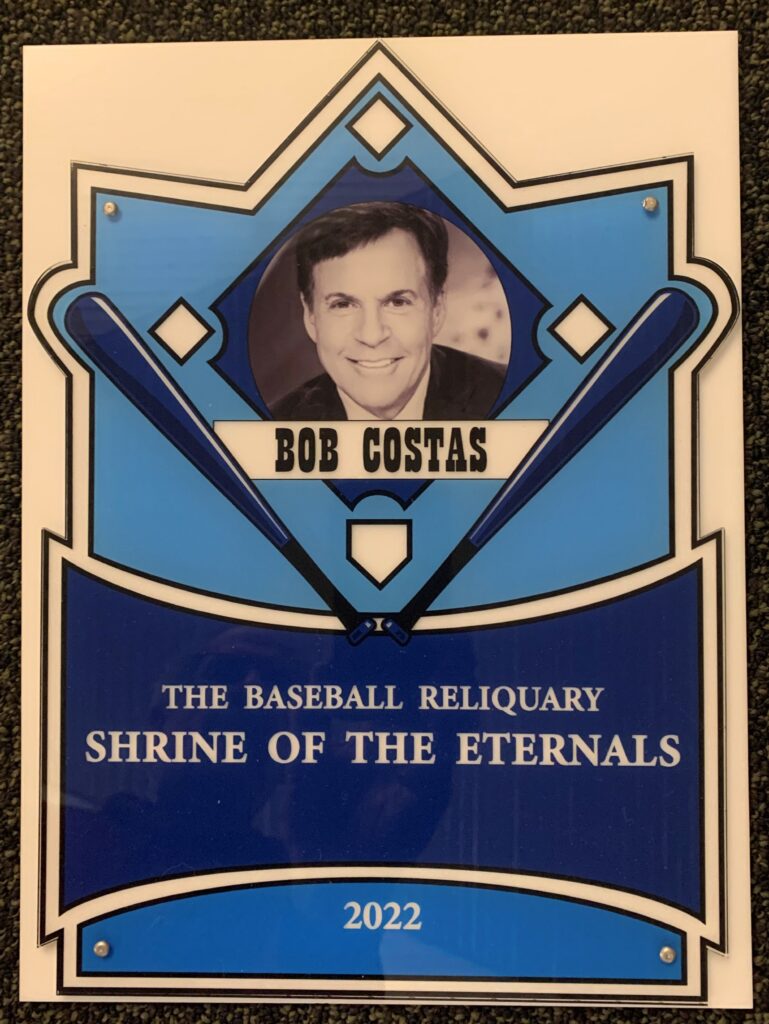There has been a long and storied tradition of artists who have altered and defaced baseball trading cards. One of the godfathers of the movement is Paul Kuhrman of Mars, Pennsylvania.

“Booker”
“In 1979, the Pittsburgh Pirates won the World Series while I was living in New York City’s East Village,” writes Kuhrman. “One night while watching one of the games, my roommate, Doug Smith, also from Pittsburgh, and I went out to get more beer. On the counter of the deli on the corner of 6th St. and 1st Ave. was a box of baseball cards, so figuring I’d pick up a few Pirates, I bought some packs along with the beer. For a few months, the two or three Pirates’ along with the hundred other cards sat around our studio, occasionally being employed to scrape paint off of palettes.

“Butcher II”
“One night a friend, Jim Markowich, and his good friend, Bob Mecionis, stopped by and Jim, Doug, and I started to draw on and generally mess up some of the cards. Bob declined, apparently due to philosophical reasons, or an injury. Some of those earliest cards were soot drawings with a candle and have long since disappeared. It was fun, and Jim and I continued to ‘deface’ baseball cards. Soon, I began to devote more and more time to the activity. It was a great way to produce hundreds of images and try out ideas, utilizing what seemed like an infinite variety of techniques, including drawing, collage, and selectively erasing and replacing imagery.

“Cobb”
“At the beginning, my obsessive-compulsive nature led me to categorize the defaced cards. At first there were about a couple of dozen categories like Hairdos & Headdresses, Cubes, Stickers, Animals, Literals, and Sandy’s Mutilations. Gradually, as I produced more and more cards, they fell into two main categories: Literal and Decorative. The most popular and most publicized, as well as the specialty I’m most known for, are literal interpretations or puns of player or team names, as well as their various actions, exploits, or attributes. The majority of defaced cards, however, are of a non-objective, abstract, or decorative style, which I often show in conjunction with ‘Literal’ cards in larger groups or grids of cards.”
In its collection, the Baseball Reliquary has three examples of Kuhrman’s defaced baseball cards, which are depicted on this page. To view more of Kuhrman’s work, visit the artist’s Web site.





